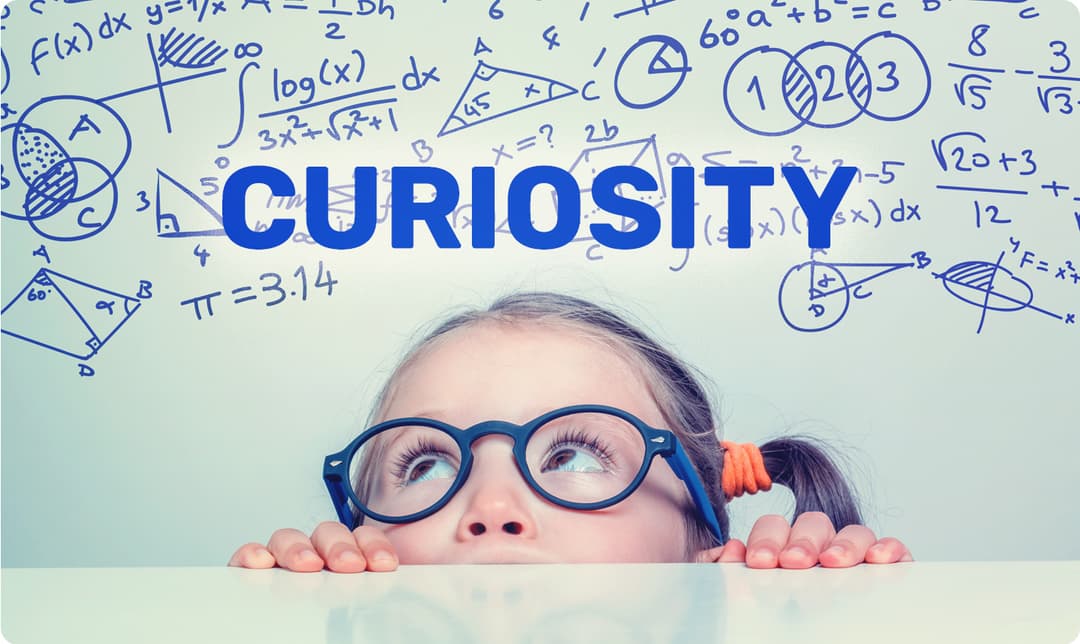My Story
I’m driven by curiosity and a genuine passion for equality, progress, and digital technologies. In this section, I’ll share the journey of my career—how exploring a variety of technologies and ideas has shaped my understanding and approach to solving problems.
2010

High School curiosity (Karlsruhe)
I loaded up on sciences—Physics, Chemistry, Biology—and found myself drawn to the principles behind how things work. Maths came naturally; curiosity did the rest.
2012

BEng Mechanical Engineering (Birmingham)
I picked Mechanical Engineering to put maths and physics to work. I wasn’t chasing a specific sector; I was curious about how ideas—from sci-fi time travel to real spacecraft—could become buildable things. In my first semester, a modular-pyramid project turned that curiosity into a focus on mechanical design.
2015

MSc Aerospace Engineering (Delft)
I took the entry course and started the MSc, but realised it wasn’t the right path. I completed one module and stepped back. It taught me to course-correct early.
2016

Porsche Engineering (Bietigheim-Bissingen)
I joined Porsche Engineering as an intern and wrote my first real code, which reshaped how I think about engineering—break problems down, test quickly, iterate. I also managed small projects alongside workshop technicians, learning practical planning, clear handovers, and respectful, hands-on collaboration.
2016

MSc Mechanical Engineering (Delft)
I shifted to TU Delft’s Biomechanical Design track (One of the Mechanical Engineering MSc tracks), mixing Intelligent Vehicles, Sports Engineering, Control, and Biomedical/Bio-inspired Design. What stayed with me was how tissues—bone, cartilage, tendon—achieve performance from the bottom up: cell-driven organisation, repair, and adaptation. Seeing how different that is from conventional materials deepened my interest in function-driven structures and reinforced a simple idea: we can design better when we learn directly from nature.
2018

PhD Mechanical Engineering (Nottingham)
PhD at the Centre for Additive Manufacturing, University of Nottingham. I developed a MATLAB-based tool for optimising tissue-regeneration scaffold designs and complemented it with ABAQUS/Python FEA to test mechanics and design choices. I presented at a conference, published part of the work, and gained hands-on experience with multiple AM processes (SLA, DLP, FDM, SLS, SLM, inkjet). The mix of coding, simulation and printing helped me grow more independent, more practical, and more deliberate in my computational approach.
2021 - current

Co-founder at Pipeline Organics
Co-founder & CTO at Pipeline Organics. My day-to-day is split between design and delivery: leading TankArc electrode development, building computational models and AI design tools for manufacturable parts, and taking prototypes into customer pilots as the main technical contact for clients and investors. The bigger shift has been human: co-leading our culture, writing tech roadmaps for the company, preparing for board meetings, and planning hiring. I care a lot about a working culture that protects mental health, gives people clarity and ownership, and makes everyone feel part of the team. We took part in Google’s Visionaries AI Incubator and are in Microsoft for Startups (Azure AI). This is my current position
2022

Product Development Engineer at 4D Biomaterials
I worked with surgeons and clients to turn ideas into usable medical parts. I designed latticed components in SolidWorks, had them 3D-printed in resin (SLA/DLP) and sourced metal parts through partners, then put everything through lab testing and quality checks. I also built a small MATLAB tool to predict how the devices degrade over time. This is where I really learned to be delivery-focused—and it gave me quiet confidence in my judgement and craft.
2024

Design Engineer at Metamorphic Additive Manufacturing
I worked at the intersection of mechanical and computational design—designing, simulating, and iterating novel AM parts that make real use of additive’s design freedom. Discovering computational design with Grasshopper opened a new way of working for me: parametric models, rapid exploration, and tighter loops between simulation and design. It was also the first time I chose to leave a role to follow this direction, and that decision was genuinely empowering.
